The Cardano Vasil Hard Fork: Everything You Need to Know
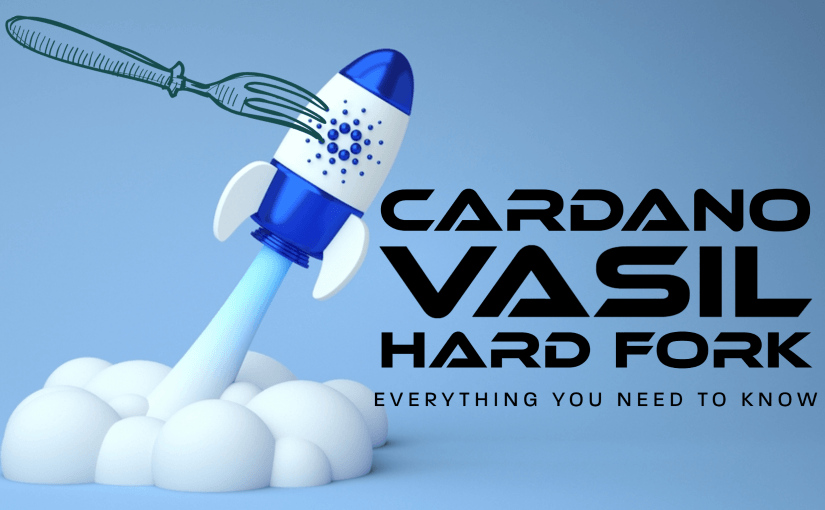
There are over 20,000 coins and projects for investors to pick from within the crypto space. As such, many will go to the top 100 cryptocurrencies and projects to see what some of the best projects look like and what each of them does in order to differentiate themselves from competing projects.
As such, many of these top-ranking projects will typically experience a high level of improvements, or in other words, will be consistently worked on, updated, and upgraded to improve their current technology.
Ultimately, their goal is to appeal to as many investors as users as possible and climb up the ladder in terms of market capitalization to become the largest and most popular project out there.
Cardano is such a project which has managed to climb up in terms of value and ranking and is constantly pushing out new and amazing updates, with a plan for many more to come.
Today, we are going to go over Cardano’s Vasil hard fork and take a look at what it actually brings to the table and how it will improve upon its current technology. Let’s dive in.
What is Cardano?
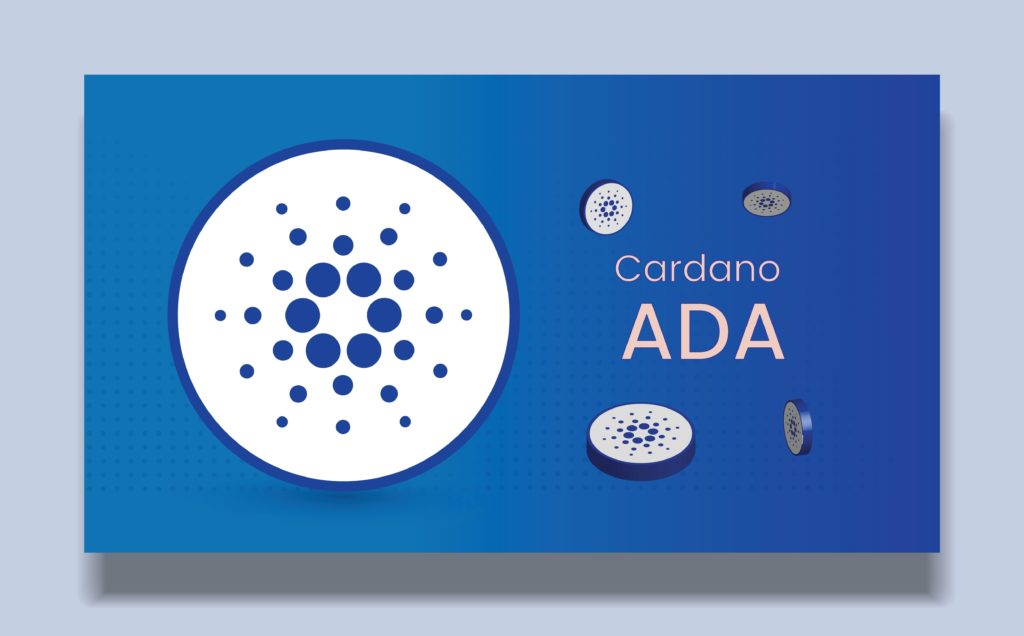
What is Cardano
Cardano (ADA) is essentially an open-source, Proof-of-Stake (PoS) blockchain network based on specific design components that include a dApp development platform and a multi-asset supported ledger with verifiable smart contracts.
Its inception, as well as continued development, is based on academic research. Its transaction ledger takes advantage of a modified version of UTXO as a means of accommodating support for smart contracts.
For many years, some of the largest blockchain networks, such as Bitcoin (BTC) and Ethereum (ETH), dominated the crypto space.
Specifically, Ethereum (ETH) was a major player when it came to the Decentralized Finance (DeFi) space, where it dominated the industry in terms of the number of Decentralized Applications (dApps) which were developed for it.
However, the crypto space cannot have just one project that dominates it in its entirety, and as such, we saw a wave of numerous other solutions and alternative blockchains that did not only aim to replicate its success but improve on top of it.
One such project is Cardano (ADA), a key competitor within the crypto space. Ethereum went live on July 30, 2015; however, the project was originally conceived in 2013 by Vitalik Buterin, who is a co-founder of the project. However, Buterin was not the only person in 2013 who created the project, and there were a total of five people involved in the project.
Here, we had Charles Hoskinson, who held the position of Chief Executive at Ethereum. However, he left the project in 2014 after the team had a dispute over if the project should be commercial or non-profit. Charles Hoskinson wanted a commercial route and was removed.
As such, Hoskinson, in late 2014, alongside a former colleague on the Ethereum project, known as Jeremy Wood, formed Input Output Hong Kong (IOHK).
Input Output Hong Kong (IOHK) is the key developer behind the Cardano (ADA) project, which is the public blockchain network that features smart contract functionality.
- Cardano was originally named after Gerolamo Cardano, who was an Italian Polymath that published several books.
- ADA, on the other hand, was named after Ada Lovelace, an English mathematician and writer.
In terms of development, the project began development in 2015. However, it was launched and went live for the very first time in 2017. Cardano’s blockchain network was launched with a total of 31 billion ADA tokens which were created, and out of them, 26 billion got sold to investors.
The main reason why Cardano (ADA) as a blockchain stands out when compared to alternative options out there is mainly due to the fact that users, as well as developers, utilize specific scientific research as well as a formal verification process throughout all parts of its development cycle.
Cardano’s code, as a result of this, is mathematically verified. Furthermore, Cardano features its own consensus mechanism called Ouroboros and utilizes the Proof-of-Stake (PoS) model.
The code behind Cardano was written in a programming language known as Haskell, and computers that run Cardano’s software can be a part of the network in the form of one out of three node types.
- First, there are the mCore nodes that can stake ADA tokens, where they can participate in the governance process. Through staking, users can help secure the Cardano network and, as such, helps users earn a return on their staked tokens.
- Second, there are the relay nodes that need to send data between mCore nodes and the public internet.
- Third, there is Edge Nodes that are fully responsible for the creation of cryptocurrency transactions.
All of the nodes are a requirement for the network to function the way it does.
Additionally, the Cardano blockchain is divided into a total of two layers.
First, there’s the Cardano settlement player. This layer is utilized as a means of transferring ADA between accounts and can record transactions.
Second, there’s the Cardano Computation layer, which contains the logic behind the smart contracts. Note that this layer is typically utilized by developers so that they are provided with the opportunity to move funds programmatically.
An In-Depth Look at the Settlement Layer
The primary purpose of this layer is to account for the value of a transaction. This is the currency layer.
- The main goal of this layer is to support two sets of scripting languages, one that will move value and another that can enhance the overall protocol support.
- Furthermore, it can provide support for side-chains as well as non-interactive means through which it can securely transfer funds to the Computation layer or other supported blockchain protocols.
- Additionally, it can support multiple types of signatures, including quantum-resistant signatures, for optimum security. It can also support numerous user-issued assets and aims to achieve true scalability as more users join, where the capabilities of the system can increase.
History of the Cardano (ADA) Blockchain
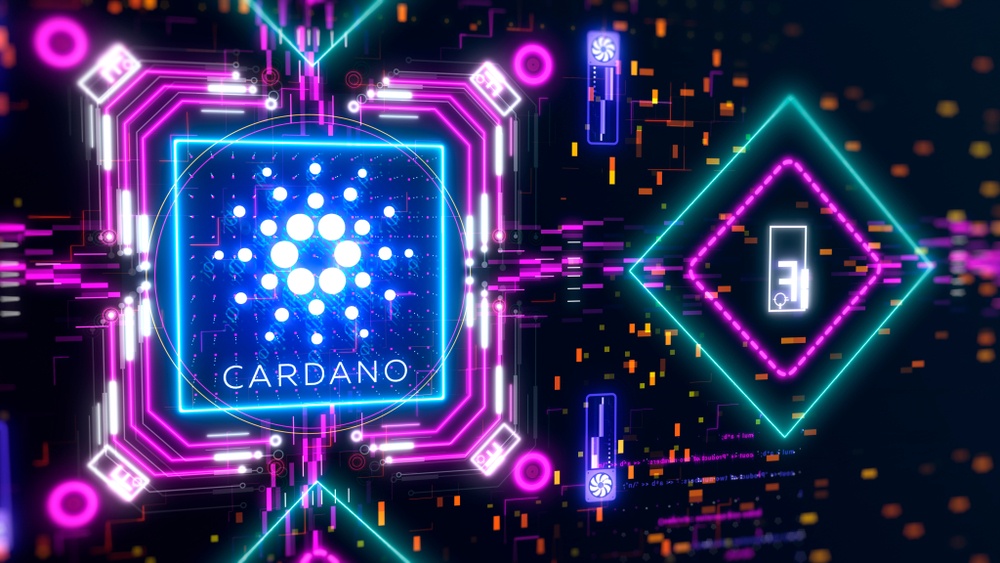
The development of the Cardano platform originally began in 2015 after an Initial Coin Offering (ICO). According to the founder, Charles Hoskinson, he saw the early iterations of Ethereum as a proof of concept and aimed to improve on its shortcomings upon the creation of Cardano.
After a total of two years of research as well as development, the Cardano mainnet was launched in 2017, after which it kicked off a five-phase, multi-year development process.
Similarly to Ethereum, Cardano is a decentralized network that is purpose-built for programmable assets alongside the development of decentralized applications (dApps).
However, Cardano differs due to the fact that it was specifically created to improve upon Ethereum in terms of scalability, security as well as cost, alongside launching a Proof-of-Stake (PoS) network.
Cardano has its own native cryptocurrency known as ADA, and this works as the cryptocurrency within the PoS system. Cardano also aimed to solve a number of challenges, such as the occurrence of hard forks and the existence of barriers to entry due to the exclusivity within Ethereum’s programming language known as Solidity.
Cardano has, over time, gathered a high level of reputation due to the fact that it has a research-driven approach to development.
The organization published numerous peer-reviewed papers and even partnered with several universities as a means of facilitating blockchain research as well as education. Furthermore, Cardano is supported by three organizations.
An In-Depth Look at the Computation Layer
This is essentially the smart contract computing layer, which is purpose-built to handle smart contracts. It comprises Plutus, Marlowe, and Marlowe Playground.
- Plutus is a purpose-built smart contract computational layer that can handle smart contract development and can establish the execution of smart contracts on its platform based on the functional programming language known as Haskell.
- Marlowe, on the other hand, is built to enable financial and business experts that have no prior technical knowledge the opportunity to create smart contracts and is a high-level, domain-specific language (DSL) for financial contracts built on top of Plutus.
- Marlowe Playgrounds is an application-building platform that non-programmers can utilize as a means of building financial smart contracts. When combined, Marlowe and the Marlowe Playground simplify the process of creating smart contracts for financial applications, which in turn enables experts within a specific subject to directly contribute without requiring any deep programming skills.
ADA as a cryptocurrency has a high level of utility throughout the network mainly due to the fact that every single user needs to use it in order to facilitate transactions or participate in the governance process.
The governance process is essentially a procedure that lets users vote on software policies as well as future developments, and what this means is that they can have an impact on the inflation rate.
Cardano has an average transaction speed of 250 transactions per second (TPS). The project is maintained by a total of three organizations, all of which play a specific role throughout the network.
- First, there’s the Cardano Foundation. This is essentially a non-profit responsible for the process of supervising and overseeing its overall development.
- Second, there’s IOHK, the company that specifically created its roof-of-Stake (PoS) algorithm known as Ouroboros.
- Last, there’s EMURGO, an independent company responsible for encouraging enterprises and other larger organizations to adopt Cardano.
When Charles Hoskinson left Ethereum, he created a project that would take the crypto sphere by storm and saw a high level of support from both the community as well as investors.
The role of Cardano in the crypto space

Cardano maintains the state of the blockchain through the utilization of UTXO. This is a reference to the unspent transaction output model, which was originally pioneered by the Bitcoin (BTC) blockchain.
Specifically, this is a case scenario where inputs, as well as outputs, can carry information that relates to changes in value. Here, inputs essentially inform from which address a value can originate, whilst outputs can inform which address the value is transacted from. As a means of preventing double spending, every node on the network is required to keep records of the transactions.
What this means is that whenever a new transaction becomes available, which can appear in a block or within a mempool, it is analyzed as a means of identifying if it modifies the unspent outputs associated with each address within the network.
However, the UTXO model is not optimal for the support of smart contract functionality. In order to address an issue such as this, Cardano has a version of UTXO called Extended UTXO (EUTXO), which introduces a mechanism that splits the execution of a smart contract within multiple transactions.
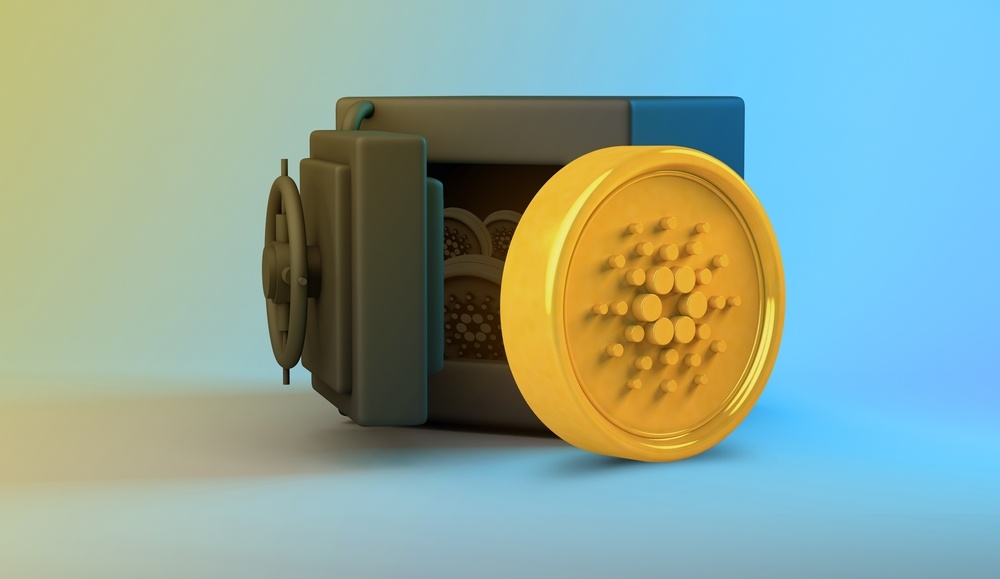
Ouroboros Explained
To truly understand how Cardano works, we will need to go over its Ouroboros consensus mechanism and algorithm to see how all of it is tied together.
Ouroboros is essentially a Proof-of-Stake (PoS) protocol that was purpose-built to maximize decentralization within the overall network.
The block creation process is segmented within what is known as epochs and slots.
As a means of dealing with changing stake distribution, Ouroboros defines the notion of an epoch as a number of slots in which the stake distribution is fixed.
This can either be hardcoded, which is within the initial bootstrapping stage, or in later stages throughout its development, which are computed from a snapshot of the blockchain at a sufficiently deep block.
When we look at the start of an epoch, a set of leaders gets picked, and each one of them gets assigned the right to produce a block within a specific slot.
Within each slot, a leader gets chosen at random, and this occurs from a pool of stakeholders whilst also producing the next block, which links to the previous one in the chain.
As the transactions get recorded within blocks, the stake distribution, which is the set of stakeholders and their stakes, is utilized for any changes within the selection of a leader.
What is the Utility of the ADA Cryptocurrency?
ADA is essentially the native cryptocurrency of Cardano. It was named after Ada Lovelace, who was a 19th-century mathematician that saw recognition as being the first computer programmer.
Furthermore, ADA, within the context of the Cardano ecosystem, is a digital currency where any user who is located anywhere across a global scale is provided with the opportunity to utilize ADA as a secure exchange of value without the requirement of any third-party intermediate to essentially mediate the exchange. Every transaction that occurs on top of the Cardano network gets permanently, securely, and transparently recorded on the Cardano blockchain.
Additionally, every ADA holder also has a stake in the Cardano network. What this means is that any ADA that is stored within a wallet can be delegated to a stake pool, after which the delegator can earn rewards as they are participating in the successful running of the network. Additionally, the tokens can be pledged to a stake pool as a means of increasing the pool’s likelihood to receive rewards. Throughout time, ADA’s utility consistently grows through a variety of different applications.
What is a hard fork?
A hard fork is essentially a radical change to a network’s protocol, which directly requires all of the nodes or users within a network to upgrade to the latest version of the protocol’s software.
Forks can be initiated by the developers of a project who want to bring a dramatic change to the overall protocol or functionality of the network. This can occur on any blockchain.
The Need for Blockchain Updates and Upgrades
The main goal of blockchain updates or upgrades is to essentially enhance the overall functionality of the project. In other words, they aim to bring improvements to the network and increase its speed, security, scalability, or other features and make it a bit more appealing to both users of the blockchain as well as any investors or blockchain developers that might be interested in creating a decentralized application (dApp) on top of it.
Hard Fork Combinator, Plutus and Marlowe
The Hard Fork combinator plays a major role within the Cardano network as it was designed for and utilized by the network. Specifically, a hard fork combinator (HFC) is designed to enable smooth, hard fork updates without requiring the system to stop or for fundamental chain restarts.
What this means is that it combines pre and post-fork blocks for a transition period and has the ability to combine future blocks as well as their updates into a single combined property or ledger. This helps with the prevention of the types of chain splits that have been part of Bitcoin and Ethereum, for example.
Now, Cardano primarily utilizes Haskell. However, it also features another programming language known as Plutus, which has been optimized for the creation of smart contracts. Its code can also be utilized for powering on-chain as well as off-chain functions. Marlowe is a supplementary programming language for those that are not programmers and is designed to allow subject matter experts to essentially create as well as test smart contracts without the requirement to learn complicated programming languages.
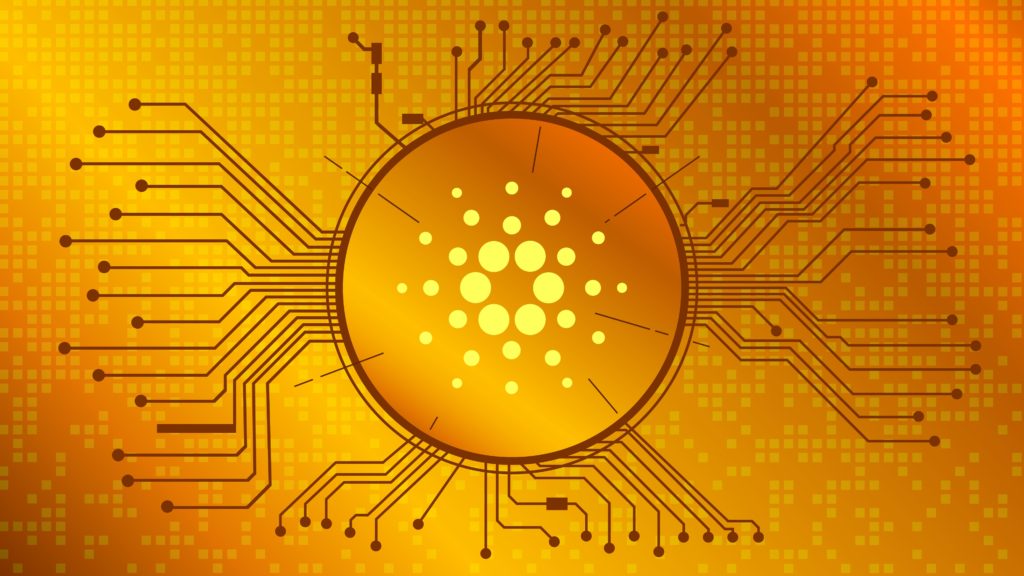
Unique Use-Cases of the Cardano Network
Cardano smart contracts and decentralized finance (DeFi) tools have enabled the creation of a lot of use cases.
Cardano now allows users to mint tokens, and this includes non-fungible tokens (NFTs). With the boom in terms of popularity surrounding the NFT industry, creatives and companies can mint digital art, collectibles, blockchain-integrated games, and much more on top of the Cardano network.
Furthermore, Cardano has numerous applications that take advantage of its blockchain as a means of offering Blockchain-as-a-Service (BaaS) services. These tools can essentially cut down on fraud and improve transparency as well as simply legal compliance within specific jurisdictions.
What is the Cardano Vasil Hard Fork?
Now that we have a much higher level of understanding of how the Cardano blockchain works, how its consensus mechanism works, and why it plays such an important role within the crypto space, we can move over towards its latest upgrade, the Vasil Hard fork.
The Vasil Hard Fork is one of the most anticipated upgrades to occur within a blockchain network and is up there with Ethereum’s Merge as the most discussed upgrade to any blockchain.
However, in the case of the Vasil hard fork specifically, it is aimed at boosting the overall usability as well as scalability of the network.
As a means of getting a better perspective of what it aims to accomplish, we will need to take a better look at the number of Cardano Improvement Proposals (CIPs) that are ready to be implemented in the network.
CIPs get implemented with the main intention and goal in mind to essentially improve both the usability of the network and increase the overall capacity of the Plutus smart contract language.
With all of that in mind, let’s jump into every single CIP with ease.
CIP-31
First, we need to look at CIP-31. This is essentially an update where Cardano will introduce a completely new kind of input, known as an interface input. However, the interesting part about this is the fact that this input is aimed at enabling developers the opportunity to look at the output without spending it.
The data in transaction outputs can essentially provide a way through which developers can store and then access information on the blockchain, and before the Vasil Hard fork, all of the outputs have to be spent in order to know the information.
CIP-32
Then there’s CIP-32. This is a proposal that has the main goal of enabling datums to be attached within outputs instead of them being attached to datum hashes. The main goal here is to provide a quick as well as simple communication of datum values between users.
The Cardano developers want many developers to create decentralized applications (dApps) and utilize this feature due to the fact that it can simplify the overall state of the stability of their systems.
CIP-33
When we look at CIP-33, this is essentially a proposal that can allow reference scripts to get attached to outputs and also enable scripts to get utilized as a means of satisfying any script requirements, through the validation process, instead of just requiring the procedure of spending transactions to do so.
CIP-40
Additionally, there’s CIP-40. This is aimed at introducing a new type of output to transactions, and this is referred to as Collateral Outputs. This will provide an improvement to the overall scalability within the network as a whole.
Diffusion Pipelining
A key improvement that will come to the network will be Diffusion Pipelining, which is Cardano’s consensus layer scaling solution. This is an improvement proposal that will overlay some of the steps which a block needs to go through as it moves across the chain, with the main goal of enabling them to happen concurrently.
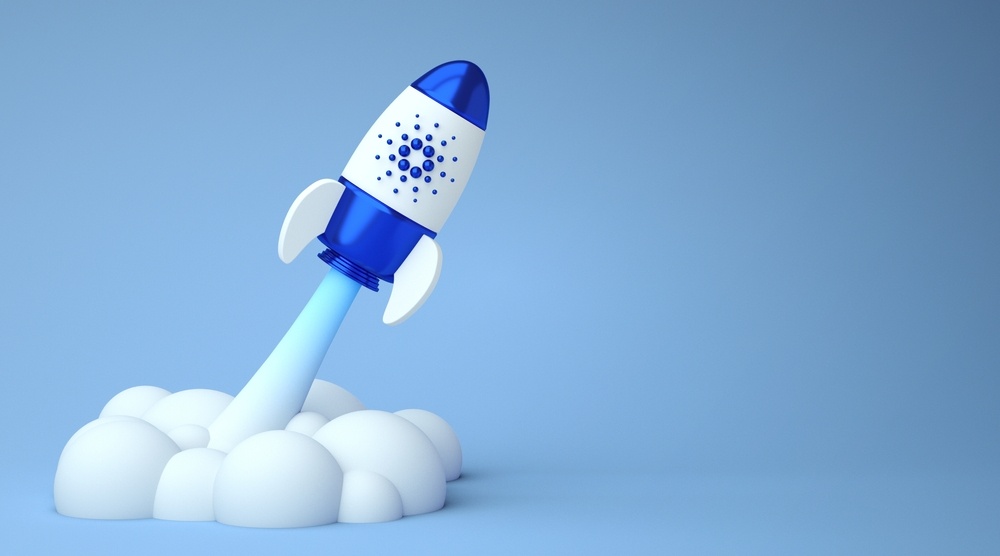
When is The Cardano Hard Fork Expected?
Now that we know all about the Cardano blockchain, as well as what the Vasil Hard Fork aims to do to the overall network, we need to take a look at when this hard fork is expected to actually occur.
The release date for this upgrade was originally announced by Charles Hoskinson, the founder of the project, through an official YouTube vlog. The hard fork was originally scheduled to occur in June of 2022. However, it got rescheduled two times.
Based on the Cardano-associated R&D company Input Output Hong Kong (IOHK) announcement, which is the company behind the development of the upgrade, there were a total of three necessary critical mass indicators that needed to be reached and were successfully reached. These include:
- 75% of mainnet blocks got created by the final Vasil node candidate (1.35.3)
- 25 exchanges ended up upgrading to it (which are a representation of 80% of ADA liquidity)
- The top 10 Decentralized Applications (dApps) by TVL confirm they have upgraded to 1.35.3 on PreProduction and are ready for mainnet.
Additionally, throughout the YouTube vlog, Hoskinson said the following:
“If we’ve all done our job right, we will wake up on September 22, and it will be just another day.”.
This essentially means that we might see the upgrade come soon, as this might be the final date when it launches, assuming everything goes according to their plan.
The Future of Cardano
To truly understand the future of Cardano, we need to look at the Cardano roadmap.
The Cardano roadmap is essentially a summary of the Cardano development, which was organized within five eras in total, including Byron, Shelley, Goguen, Basho, and Voltaire.
Each one of these eras is centered around a specific set of functionalities that are delivered across multiple code releases. While the eras of Cardano are delivered sequentially, the work of each of these eras occurs in parallel, with research, prototyping, and development, which is typically in progress all at once across the different development streams.
The work of each era gets gathered as well as presented on its dedicated pages, representing multiple years of effort.

The Five Phases of Cardano Development
We will now be going over the five distinct phases that implement upgrades and add a higher level of functionality to the Cardano protocol.
1. Byron Phase
This phase has been named after the poet as well as the politician known as George Gordon Byron, or Lord Byron, and is the first of the five phases throughout the development roadmap of Cardano. After a total of two years of development, the Cardano blockchain’s mainnet went live for the very first time and enabled users to buy, sell and trade its native cryptocurrency known as ADA, which was powered by the Ouroboros PoS protocol. Another notable feature included the debut of the Daedalus and Yoroi ADA cryptocurrency wallets.
2. Shelly Phase
This is a phase that was named after Mary Shelley and marked the second of a total of five phases within Cardano’s overall roadmap for development. This phase specifically was designed as a safe as well as a stable transition toward a more decentralized Cardano network, which features community-run network nodes that are incentivized to participate in the operation of the network’s decentralization goals. During this phase, the Mary Upgrade, or Mary Hard Fork, we saw a rolled-out update that allowed users to essentially mint their own Cardano tokens, and we also saw the introduction of Cardano staking pools.
3. Goguen Phase
This is a phase that was named after Joseph Goguen and marked the third phase. The main goal of this phase is to allow technical and non-technical users to create smart contracts as well as decentralized applications (dApps) on top of the network, and this is a goal that was achieved in September of 2021 through the Alonzo hard fork or the Alonzo upgrade. One of the more notable features here was the release of a programming language known as Marlowe.
4. Bashō Phase
This is the fourth phase and is named after Matsuo Bashō, who is a poet that is renowned for his haiku and puts its main focus on the optimization of scalability as well as interoperability. The main goal of this phase is the introduction of a parallel account model, where the Cardano blockchain can continue to utilize the Extended Unspent Transaction Output (eUTXO) model, which is an account-based model that can be accessed through side chains within the Cardano network. Alongside this is the implementation of Hydra, which is the Cardano Layer-2 solution.
5. Voltaire Phase
This is the fifth and final phase, and it is named after a French writer as well as a philosopher. Its main focus is on the integration of decentralized governance, and it will feature open voting as well as a treasury system that is funded by transaction fees. What this means is that when the Voltaire Phase gets implemented, the Cardano network will no longer be run by IOG and will be governed in full by the community.

The Methodology Surrounding Cardano’s Future Development
First, there’s academic research. Unlike other blockchains that are being developed on a regular basis, Cardano does not only rely on technical foundations taken from other projects. Instead, IOHK works with academics on the process of conducting fundamental research, which is subject to academic peer review.
This means that there are papers that are presented at international conferences. The work on all major components and functional areas starts with research as it can determine what is possible and what is the best way through which something can be accomplished.
Second, there is the prototyping aspect. Here, in collaboration with the research team, a technical prototyping team can experiment with implementations of the functions as well as the approach described in the research.
The best objective is to make what can be theoretically a possibility actually possible whilst also discovering real-world and technical as well as functional implementation issues and enabling the creation of technical specifications in the process of building an actual project.
Third, there are the technical specifications. These are created as well as published based on research as well as prototyping results, which means that they set out expected functionality and behavior.
Fourth, there are formal development methods. Here, IOHK engineers utilized formal development methods, such as rigorous mathematical techniques, which are utilized for the process of testing that the software works as it was intended to. Typically, these are only employed in high-stakes applications, which include avionics software, banking software, and so on.
Fifth, there is functional programming. This includes Haskell. Not only is functional programming less prone to human error, but it is also easier to test and verify from a mathematical standpoint.
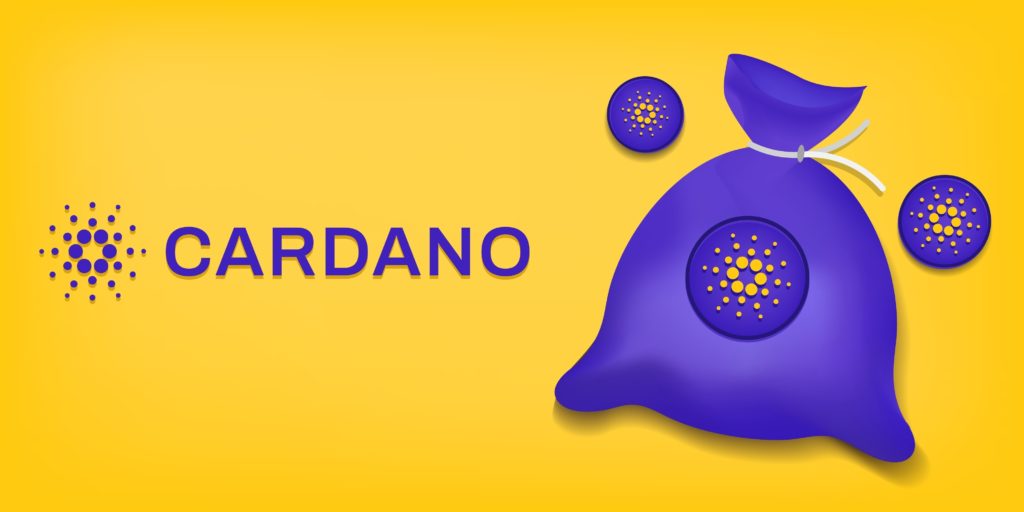
The Bottom Line
Hopefully, now you know everything there is to know regarding the Cardano (ADA) blockchain, as well as its latest upgrade that will come in the form of the Cardano Hard Fork. Today, we went over everything from the history of the project to its overall functionality, future, and methodology within its development.
With knowledge such as this, you can make a well-educated decision and discover if this is the right project for your specific goals, needs, and requirements. Ultimately, this is one of the most developed and popular projects within the crypto sphere and has taken it by storm from the point in time when it originally launched to this very day.
Cardano is one of the largest blockchains currently available, and its point of appeal comes from its technology, as well as from its native ADA cryptocurrency. ADA holders can use their holdings to earn rewards through staking pools; developers can easily start developing new decentralized applications (dApps) or decentralized finance (DeFi) use cases on top of the network.
All of this contributes to a large and healthy ecosystem that is continuously being developed, and the Vasil Hard Fork is just one of many future upgrades which are planned for Cardano and will likely be added to the network at some point in the future.
Cardano is in the top 10 cryptocurrencies and blockchain projects in terms of market capitalization, and this is for a good reason, as it has proved to the test of time and has carried on with continuous growth and development for years.
